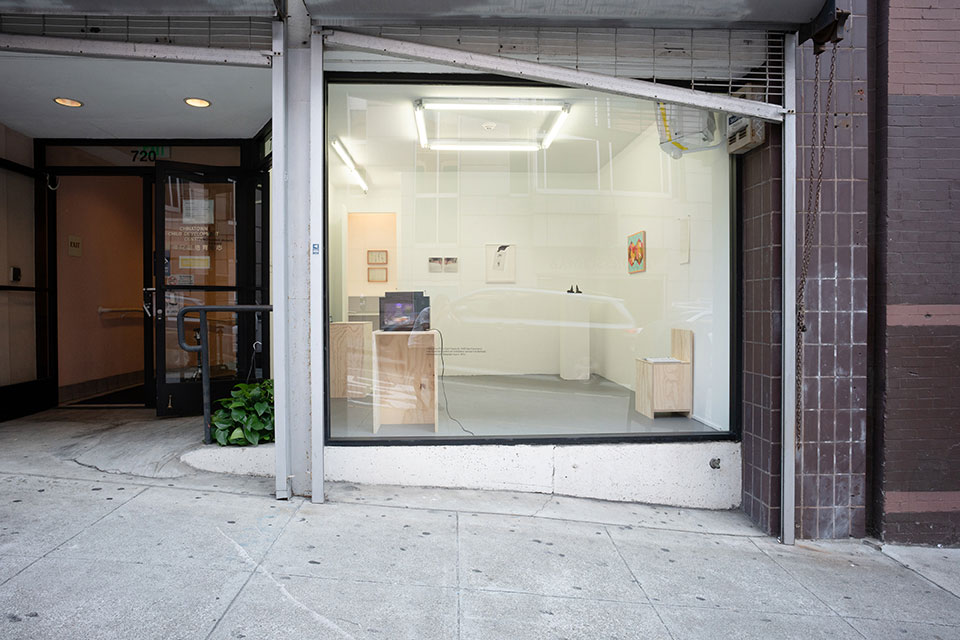Like Jessica Silverman, Friends Indeed, which Meng co-founded with Eric Li and Nazlı Ercan, is committed to reusing packaging and works to consolidate shipments when organizing exhibitions. The gallery also participates in just three art fairs, one local, one in Miami, and one international, thus cutting down on travel. For the latter two, they try to work with local artists, who will not have to fly to be there and can deliver their own work. Presenting easily transportable media like video also reduces—or altogether removes—the burden of shipping.
Meng notes that shipping by sea instead of air is another effective way to reduce carbon emissions. In fact, according to ARTA, an art transport company dedicated to leading the industry in reducing its carbon footprint, “A switch from air to sea on a transatlantic shipment of an average-scale crate can lower carbon emissions by a factor of up to 40.” This, however, requires significant advance planning, since the journey can take as much as four times as long (air freight typically lasts 5-10 days and shipping by sea 20-40). Meredith Blechman, head of marketing and partnerships for ARTA, also points out that sea freight transit times have been “further exacerbated by the global supply chain crisis.”
In addition to strategic approaches to art shipment and travel, a number of galleries and art organizations are making contributions to offset their carbon footprint. For example, Galleries Commit, ARTA, Friends Indeed, and numerous other art organizations contribute to the California-based, artist-founded nonprofit, Art into Acres. Art into Acres helps artists and art institutions invest in large-scale land conservation efforts, focusing on old growth forests and other ecologically vital land.

Nkiruka Oparah, Poetics of Reverie, 2014, digital collage on archival paper, 24 ⅛ x 18 ¼ in. framed, edition of 5. (Courtesy Round Weather Gallery.)
For small, hyper-local galleries like Round Weather in Oakland, carbon emissions from shipping and art travel are not an issue. Director Chris Kerr founded Round Weather in December 2020 to specifically help alleviate the climate crisis. The nonprofit gallery primarily focuses on local artists and collectors and does not participate in art fairs. Additionally, Kerr commits 40% of proceeds from sales to environmental causes chosen by Round Weather’s board of advisors, which includes environmental experts such as author and activist Bill McKibben.
For galleries whose business model is embedded in the larger, global art market, however, it can be difficult to put new systems in place. When asked what makes reducing emissions so challenging, Blechman points out, “Some galleries have hired employees that focus solely on sustainability and reducing their carbon footprint.” In other words, this work is a full time job. Most galleries are working with lean teams and tight budgets. As a result, Blechman says, “The number one reason that more galleries and businesses aren’t changing their business models in more environmentally conscious ways is because they don’t have the internal resources to dedicate to it and, often, they don’t even know where to start.”


